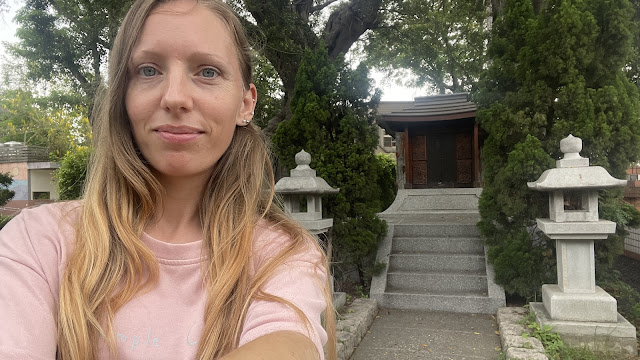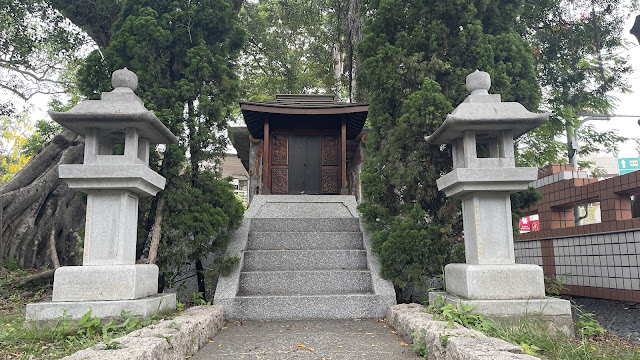Starting the journey two years ago, our son was signed up for kindergarten. Our situation wasn't the easiest; our son spoke English and Polish, with only a few Chinese words. My husband was busy working, so our son had spent his days with me for the past four years. The kindergarten didn't see this as a problem and believed he would quickly learn, which proved true. Within a few days, they said he could understand a lot. He spoke less initially, but his skills improved rapidly. Now, after two years, the teachers say Adrian knows Chinese very well, even writing Bopomofo and doing tasks faster than other kids. So if you're worried about your child not speaking the language and attending a local kindergarten, worry no more! Kids learn incredibly fast. As for me, despite being home alone, I still don't know much of the language, but at least I have my little translator with me.
In the first year, he had teachers who spoke some English, making communication easier for me. In the second year, his teachers only spoke Chinese. This wasn't a problem initially, but it became one when they chose not to speak to me, preferring to call my husband or wait for him to come to the kindergarten. My husband mentioned this, and two months before our son's graduation, the teachers started being more proactive in speaking with me. To my surprise, I understood most of what they said, even though I could only respond with simple words like "yes" or "thank you." This made me very happy, and the teachers were pleased too.
His graduation day was June 29th, quite late compared to Poland. It wasn't his last day of kindergarten; that was on July 24th. Kindergarten here has fewer vacations than elementary school, with just two weeks off in winter and summer. Because of his graduation, he got five weeks off in total, which isn't great news for me as I will lose my free time! I used to spend hours daily making and editing cooking videos, and we also made travel videos. I feel I won't be able to do much work for the whole month of August.
Our son is pretty sad about finishing kindergarten, and so am I, seeing how much he loves it. He's especially upset about a girl friend who will go to a different elementary school. She took care of him since the beginning and helped him adjust, so I understand his sadness. I'm sad too, as she was a lovely girl who occasionally chatted with me and waved, unlike other kids who were probably shy around a foreigner.
Kindergarten costs vary by place, but I can say it's not expensive. He got to play with many toys, learn to draw, paint, and play with clay, which I never did in my kindergarten. They focus on learning from nature rather than just studying from books. They would raise caterpillars in class, and he even brought some home once. We had to search for orange tree leaves to feed them, learning they eat a lot more than expected. In his second year, they also sent books home every two weeks for reading and bonding with parents. This was usually my husband's job unless the book had an English translation. The kids also painted what they read.
They had regular exercise and naps, which initially worried me as our son didn't nap before kindergarten. However, he quickly adjusted and slept there, still being fine at home at night. I was worried after hearing stories from other parents of mixed kids struggling to adjust or being accepted. Adrian had no such problem; every child loved him and wanted to play with him, regardless of the language barrier at first.
I'm grateful he will finish kindergarten on July 24th, giving me an extra month to focus on my videos and blog. Now, I'm a bit nervous about elementary school, as he will have to go much earlier, sit in one place, study, and have homework I cannot help him with. I hope he adjusts quickly.
At least his elementary school is right next to the kindergarten. He's upset about not seeing his teacher anymore, but he can visit during his free time since the teachers have welcomed their former students to drop by.
Interestingly, the graduation wasn't held at the school but in a banquet hall at a nearby hotel, which was a surprise to me. Unlike the annual ceremonies we have back home, in Taiwan, they only have one big ceremony after finishing school. Maybe that's why it looked so fancy! The girls wore beautiful dresses, some resembling wedding gowns more than graduation outfits. They put on a little show for the parents to watch.
Out of four graduating classes, they separated the ceremony into two groups: one in the morning and one in the afternoon, as the space would have needed to be much larger to accommodate everyone. After the graduation, the kids also received some gifts, which I think is super sweet. I never had such a nice graduation; he'll have great memories from that day (if he remembers it in the future).





























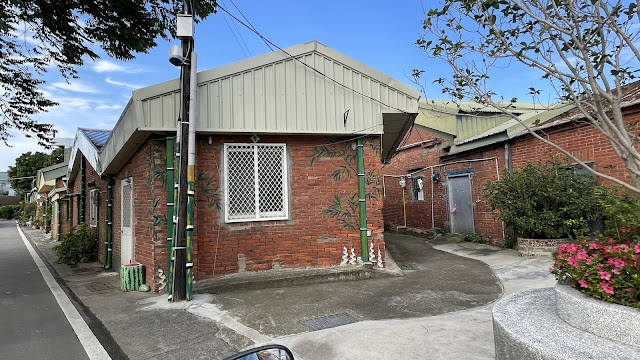








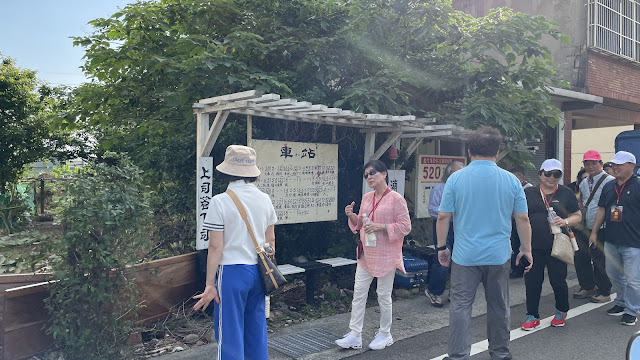





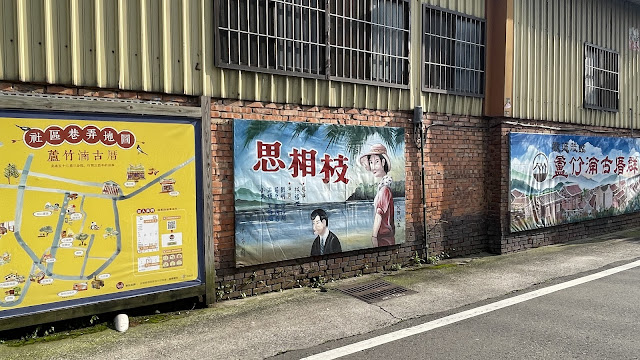







%202.jpg)









